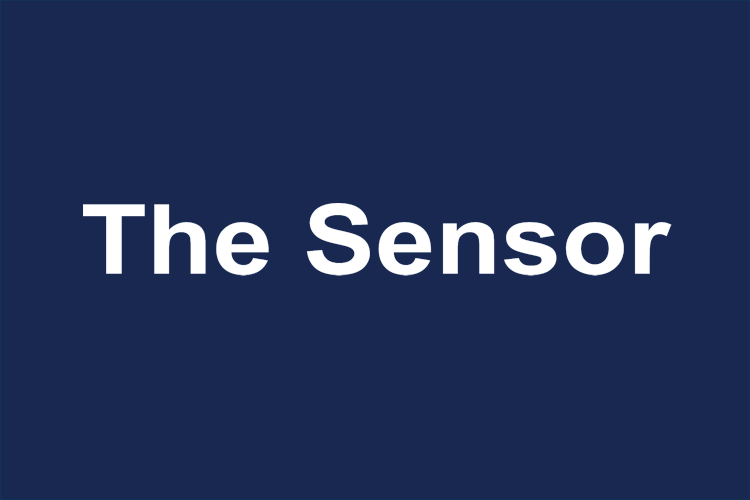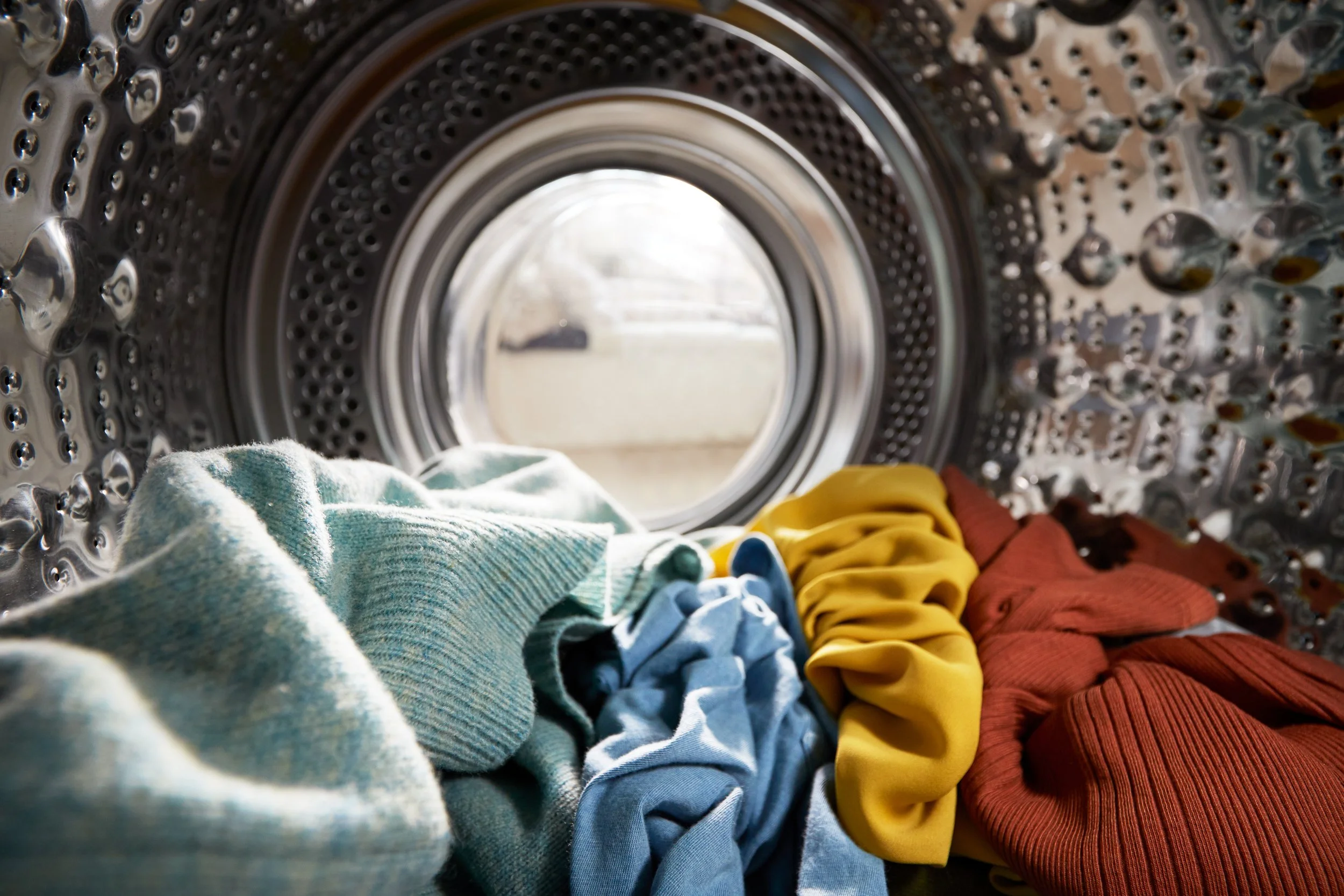In the month’s newsletter, read about the NSSN Sensing the West Forum to be held in Parramatta this month; learn how managers of natural disasters and smart city initiatives can integrate dual-use smart sensors; and read about engineer and gender equity champion Dr Negin Shariati.
Read MoreLeaders from government, industry and research will explore how innovations in smart sensing can benefit new Western Sydney developments such as the Western Sydney Aerotropolis (pictured) at the Sensing the West Forum in Parramatta on March 13.
Read MoreThere has been little overlap between Smart Cities and Natural Hazard initiatives, even though both use sensors to collect data for informed planning and decision making. In this Thought Piece, the NSSN’s Peter Runcie discusses why and how the two areas could integrate dual-use smart sensors.
Read MoreDevelopers and deployers of smart sensors heard about the “time, quality, cost dilemma” of electronics design at the NSW Smart Sensing Network’s Sensing Industry Connect event at UNSW last week.
Read MoreA NSW Smart Sensing Network Grand Challenge project involving researchers from the University of Sydney and UNSW has developed smart fibre optic sensors which can monitor corrosion in concrete structures and help extend the service life of a bridge.
Read MoreDr Negin Shariati is an Associate Professor in the Faculty of Engineering and IT at UTS whose passion for nature and environmental conservation has led to the creation of environmentally sustainable sensing solutions for farmers which can operate autonomously. Dr Shariati is also the Director of Women in Engineering at IT, which is the longest-running gender equity and diversity program for women students in engineering and IT in Australia.
Read MoreWelcome to the February edition of The Sensor. This month read how artificial intelligence is benefitting smart sensing projects. Learn about two innovative projects which involve the delivery of healthcare to linguistically diverse communities and vital sign monitoring of inmates who are at risk of self-harm in their cells. And read about an NSSN industry partner which has developed a system to remove microfibres from industrial laundry wastewater.
Read MoreTwo priority NSW challenges - the delivery of healthcare to linguistically diverse communities, and vital sign monitoring of inmates who are at risk of self-harm in their cells - may soon be solved after two small businesses supported by the NSSN won government funding to develop solutions.
Read MoreIn this thought piece, NSSN Co-Director Professor Julien Epps explains how Artificial Intelligence is helping important societal and industry challenges and why the technology is a core part of NSSN projects.
Read MoreIn a landmark development for environmental technology, PEGRAS has developed the world's first scalable microfibre removal system from industrial laundry wastewater.
Read MoreYears of research and consultation with local government and industry experts inform a series of simple guides to installing and using low-cost smart environmental sensing devices as part of the OPENAIR project.
Read MoreA new project is trialling AI bio-inspired sensor technology to record the mating calls of endangered koalas and lead to better protection efforts.
Read More










